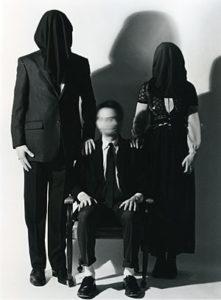Consider signing up to serve as a guest bartender in the Viking Room. You can join the Class of 2017 nearly any Wednesday night of the academic year from 9 to 11 p.m. It’s late for some of us, but oh so fun, and students REALLY get into interacting with faculty and staff! You can sign up as individuals, pairs or as a department.
Complete a short registration form to sign up.
Contact Paris Wicker, associate dean of students for campus programs and senior class advisor, at paris.d.wicker@lawrence.edu or 920-832-7369 with any questions.

